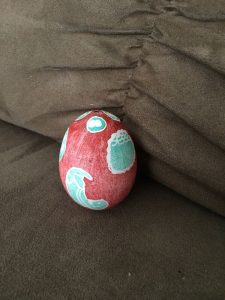https://www.youtube.com/watch?v=q7z_qJHRLjE
Gonorrhea song (turkey in the straw)
There’s a lot of little critters that are living in your gut
They’re a-livin in your armpits and they’re livin in your butt
They are mostly really good for you but some are pretty bad
And the bad ones really hurt and make you really really sad.
It’s those bad little buggers that you really need to watch
And the one I’ll focus in on likes to live up in your crotch
It makes it hurt to pee and it makes you feel raw
It’s an STD named gonorrhea
Gonorrhea, ha ha ha
Gonorrhee-ay, hey hey hey
Roll it up, pat it down, any way at all,
Play a little tune about gonorrhea.
So let’s take a little look at its morphology
It’s a tiny bacteria that’s really hard to see
It’s gram negative, fastidious,
And by golly it’s a diplococcus
On its surface gonorrhea have little pili
And sugars called lipooligosaccharides
It can use the little pili to move itself straight
And can pull 100,000 times its own weight
Gonorrhea, ha ha ha
Gonorrhee-ay, hey hey hey
Roll it up, pat it down, any way at all,
Play a little tune about gonorrhea.
It infects the submucosa of the epithelium
Where it’s quickly eaten up by our immune system
Eating pathogens is where neutrophils are at home
And they kill it using radicals from phagosomes
Now the problem is gonorrhea can be tough
And it fights right back with its own nasty stuff
So if you get gonorrhea you should see a doc
Or it just might end up cleaning your clock
Gonorrhea, ha ha ha
Gonorrhee-ay, hey hey hey
Roll it up, pat it down, any way at all,
Play a little tune about gonorrhea.
2 Comments
